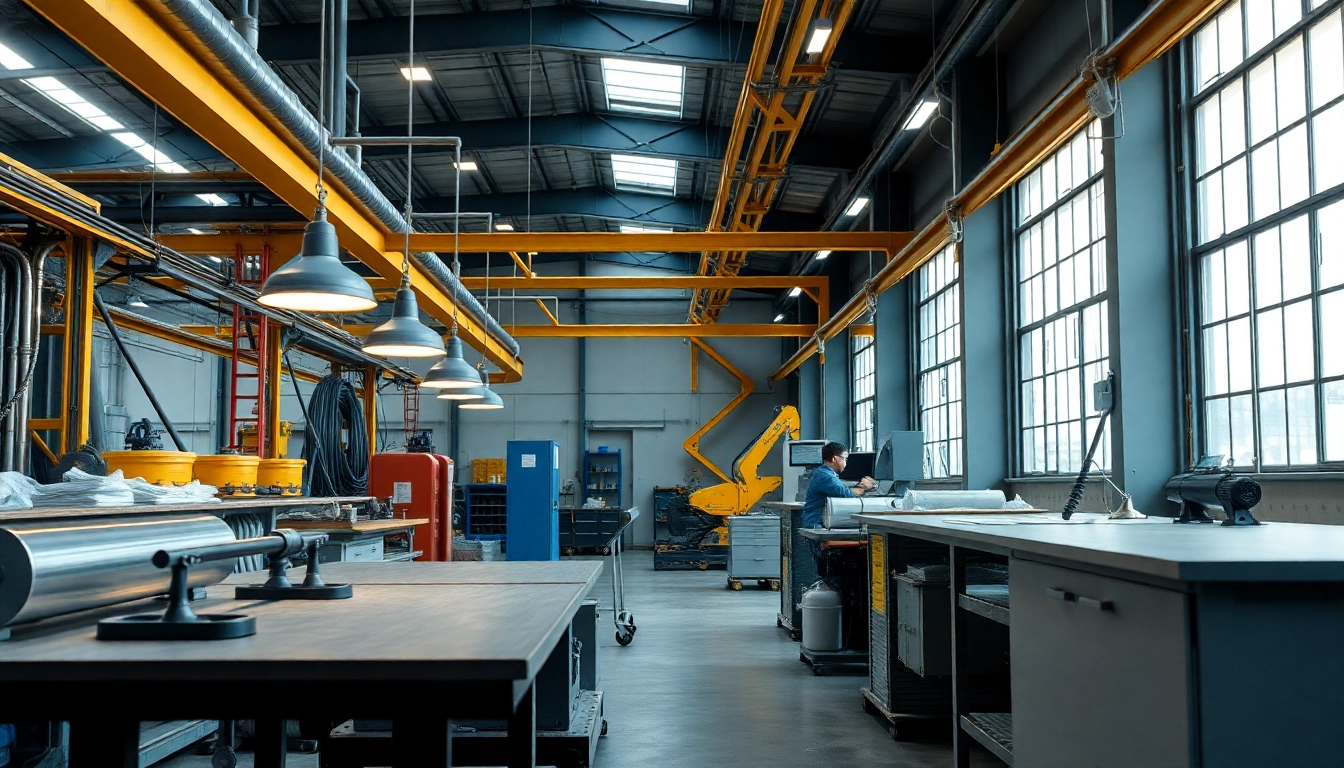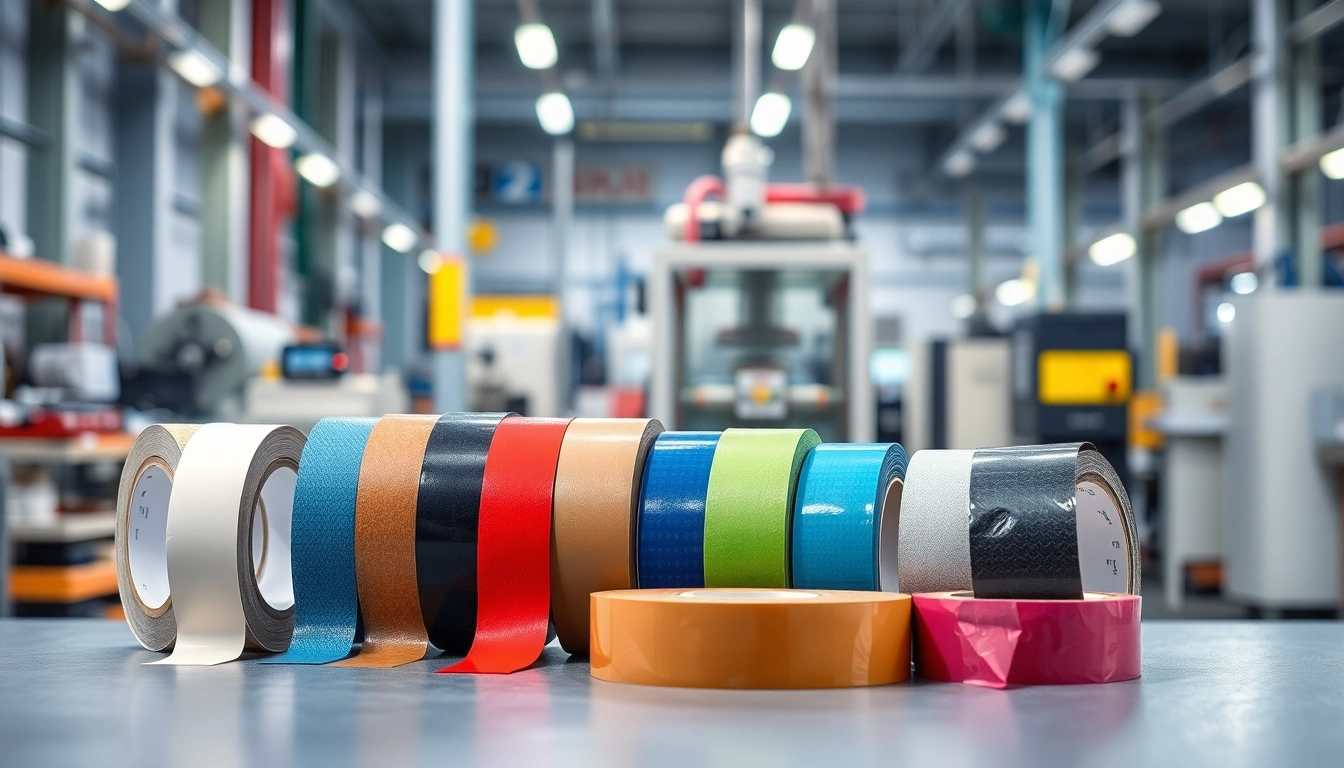Understanding Laminating Resin: Basics and Types
What is Laminating Resin?
Laminating resin is a critical material in composite manufacturing, most notably in industries such as automotive, marine, and construction. It acts as a bonding agent that encapsulates and holds together reinforcing materials like fiberglass or carbon fiber. This resin hardens to form a robust laminate, providing essential strength and structural integrity to the end product. The laminating resin undergoes a curing process, which can either be facilitated by heat or chemically activated, depending on the specific resin type and application requirements. For those interested in exploring the applications and properties of laminating resin, more detailed insights can be found here.
Types of Laminating Resin Available
Different types of laminating resin cater to a variety of applications, each with their advantages and disadvantages:
- Polyester Laminating Resin: This is one of the most commonly used types, especially in marine and recreational applications due to its cost-effectiveness and ease of use. It provides good adhesion and is generally less expensive than other types of resin.
- Epoxy Laminating Resin: Known for its superior strength and excellent bonding capabilities, epoxy is favored in high-performance applications, such as aerospace and automotive manufacturing. It offers better resistance to water and chemicals compared to polyester.
- Vinyl Ester Laminating Resin: Combining the best features of both polyester and epoxy, vinyl ester resin boasts high strength and corrosion resistance, making it suitable for applications in harsh environments.
Common Uses and Applications of Laminating Resin
Laminating resin finds widespread usage across various sectors due to its versatility. Common applications include:
- Boat Building: Marine applications benefit significantly from laminating resin due to its ability to resist water and provide structural strength.
- Automotive Components: Used in the production of lightweight vehicle parts, laminating resin enhances fuel efficiency and performance.
- Sporting Equipment: Various sporting goods, including bicycles and surfboards, utilize laminating resin for durability and heat resistance.
Benefits of Using Laminating Resin in Projects
Durability and Strength of Laminating Resin
The strength provided by laminating resin is unparalleled in many applications. Once cured, the resin creates a solid bond that enhances the structural ability of the composite material. Laminated structures endure significant stress and strain, making them suitable for demanding applications such as structural components in buildings, sporting goods, and marine vessels.
Performance in Marine Environments
In marine environments, laminating resin is engineered to withstand constant exposure to water, UV rays, and harsh chemicals. The properties of laminating resin prevent delamination, corrosion, and degradation, ensuring that structures like boats remain intact over time. This is particularly critical for ensuring safety and longevity in marine vessels.
Cost-Effectiveness Compared to Other Resins
One of the primary advantages of laminating resin, especially polyester variants, is its cost-effectiveness. The affordability of raw materials combined with simpler manufacturing processes lowers the overall production costs significantly when compared to alternatives like epoxy. This aspect makes laminating resin an attractive option for both small-scale crafts and large-scale industrial applications.
Preparation and Process for Using Laminating Resin
Preparing the Surface for Laminating Resin Application
Effective preparation ensures proper adhesion and the integrity of the final product. Surfaces must be clean, free from dust, grease, oil, or any contaminants that could interfere with adhesion. This typically involves:
- Washing the surface with a suitable cleaner.
- Rinsing and allowing it to dry completely.
- Prepping the surface with sandpaper to create a texture that enhances bonding.
Mixing and Applying Laminating Resin Correctly
Follow precise mixing ratios specified by the manufacturer, as incorrect mixing can lead to poor curing. Typically, the process involves:
- Determining the resin and hardener ratio.
- Mixing thoroughly in a disposable container to ensure an even consistency without air bubbles.
- Applying the mixture directly to the substrate or over reinforcement layers using brushes or rollers.
Best Practices for Curing Laminating Resin
Curing is a vital phase that determines the durability and performance of the composite material. To ensure effective curing:
- Maintain the recommended temperature and humidity conditions during the curing process.
- Avoid disturbing the setup until the resin is fully cured to prevent defects.
- Perform a post-cure process, if applicable, to enhance material properties.
Challenges and Solutions When Working with Laminating Resin
Common Issues Faced During Application
When working with laminating resin, various challenges can arise, including:
- Improper Mixing: Leads to ineffective curing and affects strength. Always adhere strictly to manufacturer guidelines for ratios and mixing times.
- Poor Surface Preparation: Can cause delamination. Ensure surfaces are adequately cleaned and textured.
Overcoming Finishing Problems with Laminating Resin
Finishing issues like rough surfaces or bubbles can diminish the aesthetic of the final product. To combat this, consider:
- Using a fine-grit sandpaper to smooth out the surface once cured.
- Applying a coat of clear resin for additional gloss and protection.
Tips for Working in Different Weather Conditions
Environmental factors significantly affect the curing process of laminating resin. When working in cold or humid environments:
- Use a heated workspace to increase ambient temperature during curing.
- Monitor humidity levels closely and opt for epoxy resin options when high moisture is expected.
Advanced Techniques and Innovations in Laminating Resin
Using Laminating Resin with Reinforcement Materials
The integration of reinforcing materials such as fiberglass, carbon fiber, or aramid fibers enhances the mechanical properties of laminating resin composites. Techniques include:
- Layering Techniques: Strategically layering reinforcement materials allows for varying strengths in the resulting laminate, providing customized properties based on the end application.
- Vacuum Bagging: This technique eliminates excess resin and ensures intimate contact between the resin and fiber, resulting in improved mechanical properties.
Innovative Applications in Arts and Crafts
In addition to industrial uses, laminating resin is increasingly popular in arts and crafts. Its applications include:
- Artwork Encapsulation: Artists use laminating resin to preserve and encapsulate artwork, providing a protective finish that enhances colors.
- Custom Furniture Production: Craftsmen use laminated resin to create unique furniture designs, utilizing its transparency and strength for aesthetic appeal.
Future Trends in Laminating Resin Technology
The future of laminating resin technology points to innovations such as:
- Bio-Based Resins: Increasing interest in sustainability drives the development of plant-based laminating resins that reduce environmental impact.
- Smart Resins: Research into self-healing laminating resins explores ways to automatically mend minor damages, potentially extending the lifespan of composite materials significantly.



